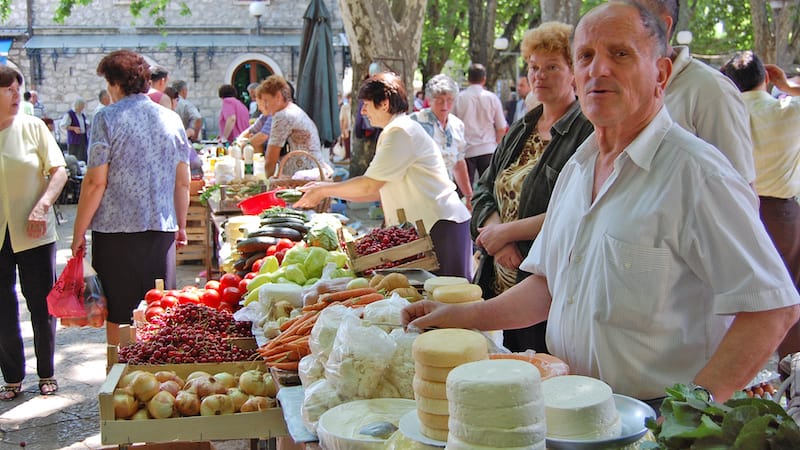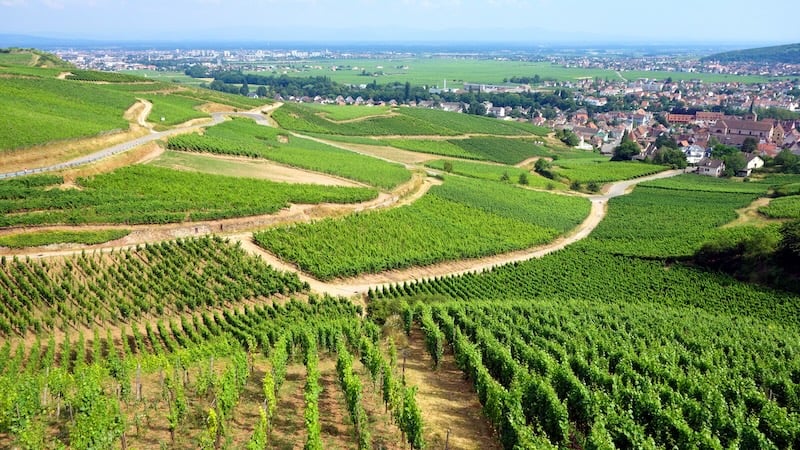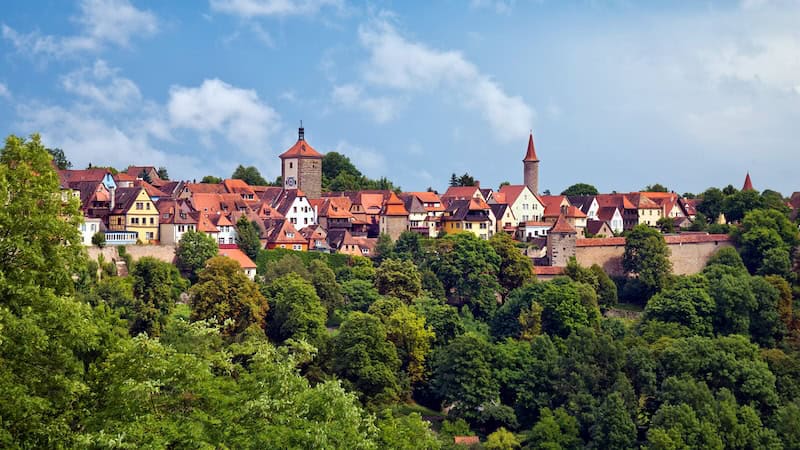Rick Steves’ Europe: The back road to Mostar
Off the beaten path in Bosnia-Herzegovina

Rick Steves transports readers along with him in traveling the backroads of Bosnia-Herzegovina, to Trebinje and Nevesinje, observing cafés and village streetlife.
As we’ve had to postpone our travels because of the pandemic, I believe a weekly dose of travel dreaming can be good medicine. Here’s one of my favorite European memories in what was a part of Yugoslavia – a reminder of the adventure that awaits us at the other end of this crisis.
Looking for a change of pace from Croatia’s touristic Dalmatian Coast, I’m driving east from Dubrovnik to the city of Mostar, in Bosnia-Herzegovina. Almost everyone making this trip takes the scenic coastal route. But with a spirit of adventure, I take the back road instead: inland first, then looping north through the Serbian part of Herzegovina.
A little background
Bosnia-Herzegovina’s three main ethnic groups – Serbs, Croats, and Bosniaks – are descended from the same ancestors and speak closely related languages. The key distinction is that they practice different religions: Orthodox Christianity (Serbs), Roman Catholicism (Croats), and Islam (Bosniaks). For the most part, there’s no way that a casual visitor could determine the religion or loyalties of the people just by looking at them. Studying the complex demographics of the former Yugoslavia, I gain a grudging respect for the communist-era dictator Tito – the one man who was able to hold this “union of the South Slavs” together peacefully.
Bosnia-Herzegovina is one nation, historically divided into two regions: Bosnia and Herzegovina. But the 1995 Dayton Peace Accords gerrymandered the country along sectarian lines, giving a degree of autonomy to the area where Orthodox Serbs predominate. This “Republika Srpska” rings the core of Bosnia on three sides. When asked for driving tips, Croats – who, because of ongoing tensions with the Serbs, avoid this territory – insist that the road I want to take through their country doesn’t even exist. From the main Croatian coastal road just south of Dubrovnik, directional signs would send me to a tiny Croatian border town – but ignore the large Serbian city of Trebinje just beyond.
Cruising through Trebinje and Nevesinje
And yet, Trebinje more than exists … it is bustling and prosperous. As I enter the city, police with ping-pong-paddle stop signs pull me over. I learn that you must drive with your headlights on at all hours. My “dumb tourist” routine gets me off the hook. Parking the car, I head to an outdoor market to get cash at an ATM to buy some produce.
Bosnia-Herzegovina’s money is called the “convertible mark.” Some bills have Cyrillic lettering and Serbian historical figures, while others use the English alphabet and show Muslims or Croats. Like everything else in Bosnia-Herzegovina, the currency is a careful balancing act.
Later, after a two-hour drive on deserted roads through a rugged landscape, I arrive at the humble crossroads village of Nevesinje. Towns in this region all have a “café row,” and Nevesinje is no exception. It’s lunchtime, but as I walk through town, I don’t see a soul with any food on their plate – just drinks. Apparently, locals eat economically at home, then enjoy an affordable coffee or drink at a café.
A cluttered little grocery is my solution for a quick meal. The old man behind the counter seems happy to make me a sandwich. Salami, which looks like Spam, is the only option. I take my sandwich to an adjacent café and pay the equivalent of a US quarter for a cup of strong Turkish (or “Bosnian”) coffee, with highly caffeinated mud at the bottom. Then I munch, drink, and watch the street scene. It’s like seeing a play.
Big men drive by in little beater cars. High-school kids crowd around the window of the photography shop, which has just posted their class graduation photos. The flirtatious girls and boys on this cruising drag prove you don’t need money to have style. Through a shop window, I see a young couple picking out a simple engagement ring. One moment I think that Nevesinje is very different from my hometown … but the next, it seems just the same.
Looking at the curiously overgrown ruined building across the street, I notice its bricked-up, pointed Islamic arches and realize it was once a mosque. Its backyard is a no-man’s-land of bombed-out concrete and glass, where a single, turban-topped tombstone still manages to stand. The prayer niche inside, where no one prays anymore, faces east … to another empty restaurant.
After an hour’s drive over a twisty mountain road, I leave the Republika Srpska and arrive at the city of Mostar. Pulling into town, I’m exhausted yet exhilarated with the experience I gained by taking the road much less traveled.
Rick Steves (www.ricksteves.com) writes European guidebooks, hosts travel shows on public TV and radio, and organizes European tours. This article was adapted from his new book, For the Love of Europe. You can email Rick at rick@ricksteves.com and follow his blog on Facebook.
Explore more of Rick Steves’ Europe in Boomer
© 2020 RICK STEVES
As an Amazon Associate, Boomer Magazine earns from qualifying purchases of linked books and other products.



